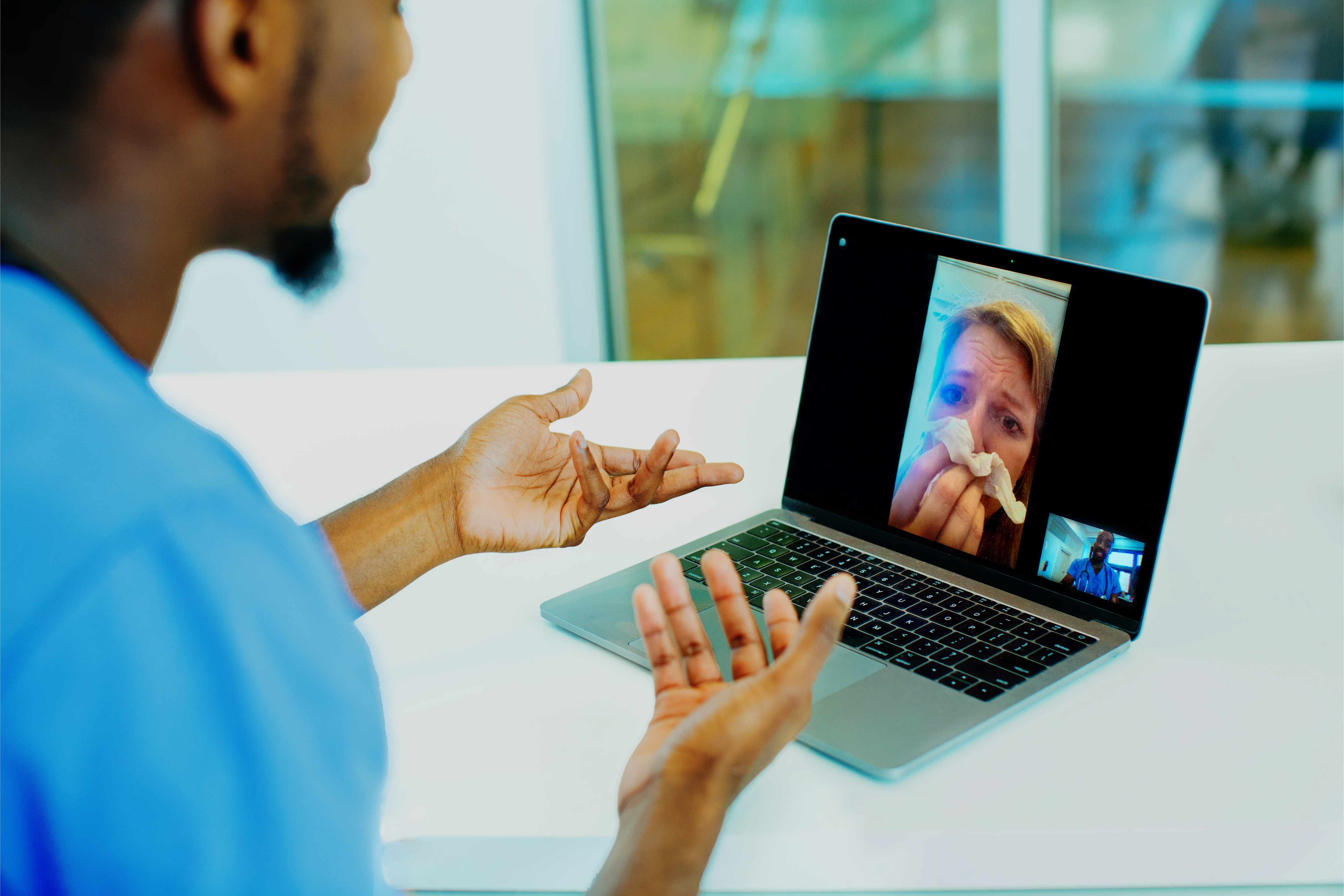 In January 2021, Parks Associates released a study indicating 41% of US households took part in a Telehealth visit in 2020; Half of all kids under 18 have a high degree of interest in continuing with Telehealth visits; and 29% of households expect to purchase a connected health product in the next 12 months.
In January 2021, Parks Associates released a study indicating 41% of US households took part in a Telehealth visit in 2020; Half of all kids under 18 have a high degree of interest in continuing with Telehealth visits; and 29% of households expect to purchase a connected health product in the next 12 months.
The industry leapt through 5 to 10 years of development in just a few months. Telehealth demand, combined with an increased use of smart fitness devices and a need for healthcare in a world subject to massive quarantine, contributed to rapid progress and increased Telehealth offerings by medical practices all over the country. There are more developments to come: Apple watches, Fitbits and other fitness wearables are potentially capable of detecting wearers are getting sick more than a week before the first symptom appears, according to a study conducted by Stanford Medicine's Healthcare Innovation Lab. Other studies are being conducted to see if these devices will be useful in detecting COVID-19 infections.
Medicaid is getting in on the Telehealth movement and recently worked with Centene Corporation to create a partnership with the National Association of Community Health Centers. $5 million will be spent on equipment and providing "training and technical assistance to Federally Qualified Health Centers (FQHCs) to ramp-up their capacity to provide telehealth solutions."
It has never been more important to bring a minimum of 100 mbps symmetric Internet services to more people. WideOpen Blacksburg installs new Gigabit networks that lower the real costs of telephone, TV, and Internet services for businesses, local government, Telehealth providers and residents. We include 12 pairs of fiber in every conduit for use by governments in any way they choose, including potentially providing service to those on limited income.
.
